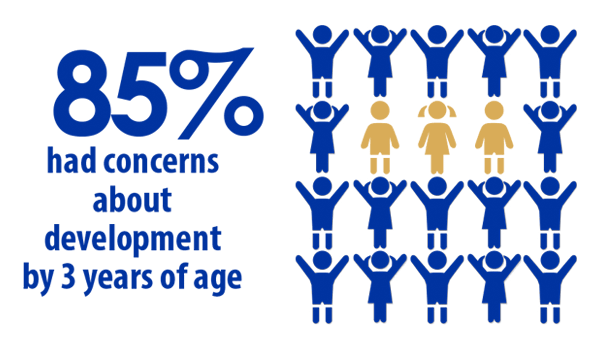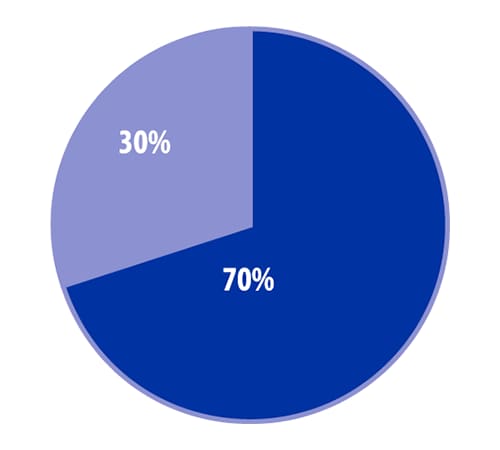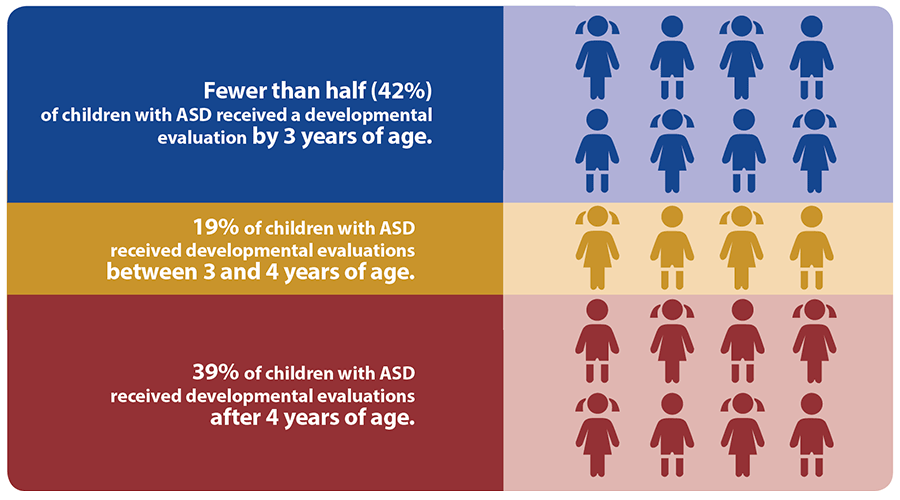Spotlight On: Delay Between First Concern to Accessing Services
Download and print this page pdf icon[PDF – 119 KB]
Monitoring, screening, evaluating, and diagnosing children with autism spectrum disorder (ASD) as early as possible is important to make sure children receive the services and support they need to reach their full potential. There are several steps in this process.

Concerns about Development
Most children (85%) identified with ASD had concerns about their development noted in their records by 3 years of age. Parents or caregivers may notice a concern through ongoing tracking of a child’s development (developmental monitoring) and/or developmental screening. A concern about development is a reason to have a comprehensive developmental evaluation.
Receiving a Comprehensive Developmental Evaluation
A comprehensive developmental evaluation is often a key step in getting access to services, including through the school system.
The majority of children with ASD had concerns about their development documented in their records before 3 years of age. However, there was frequently a lag between first concern and first developmental evaluation. This lag may affect when children with ASD can begin to get the services they need. Getting services as early as possible can make a difference in the development of a child with ASD.
Diagnosis

A medical diagnosis can be a key step in getting medical services provided through health insurance.
Of the children who received an ASD diagnosis, the average age of diagnosis was a little under 4 and a half years (4 years and 4 months).
30% of children who met the ADDM Network surveillance case criteria for ASD had not received a formal ASD diagnosis by 8 years of age, potentially limiting the services they receive.

